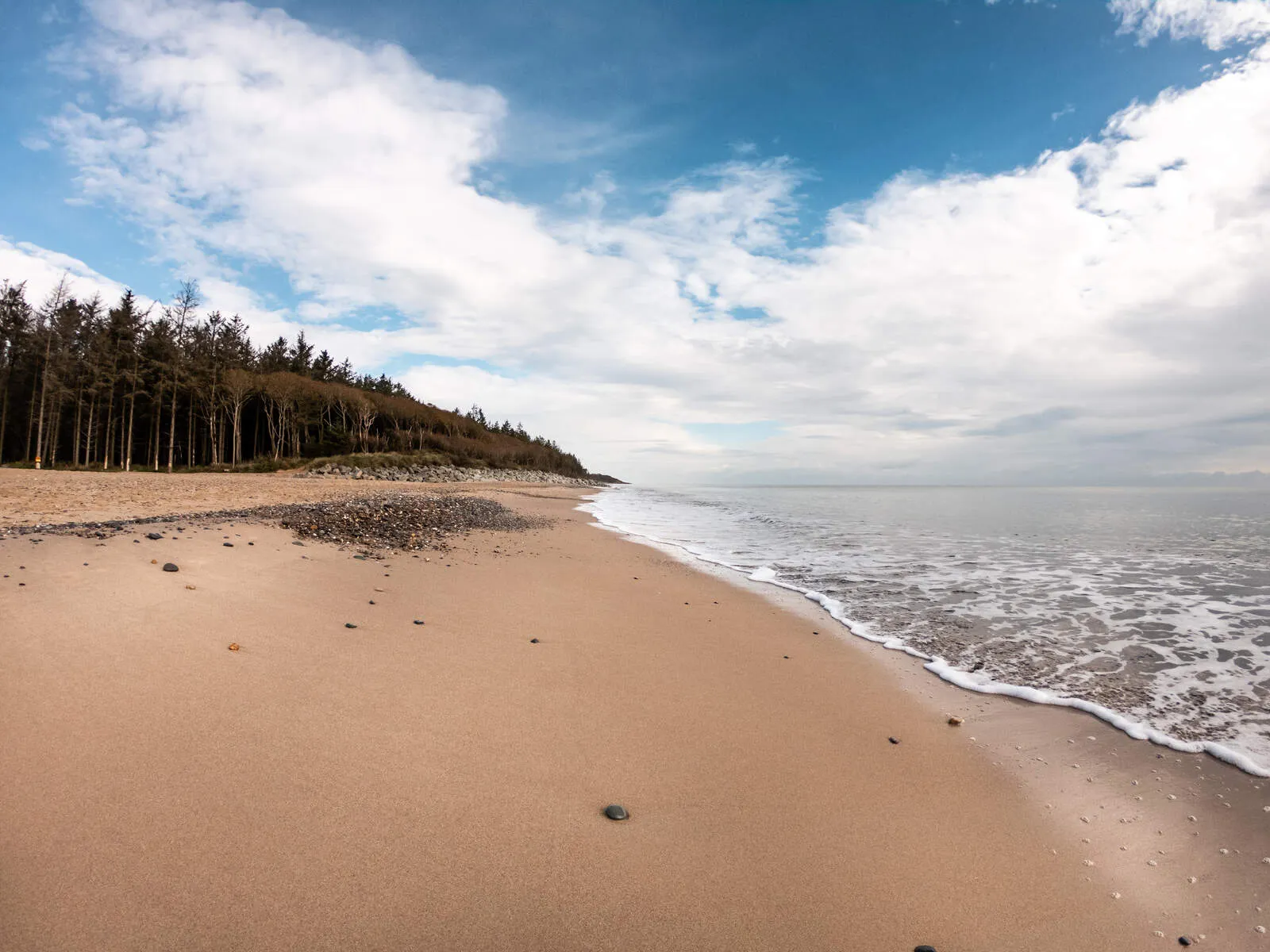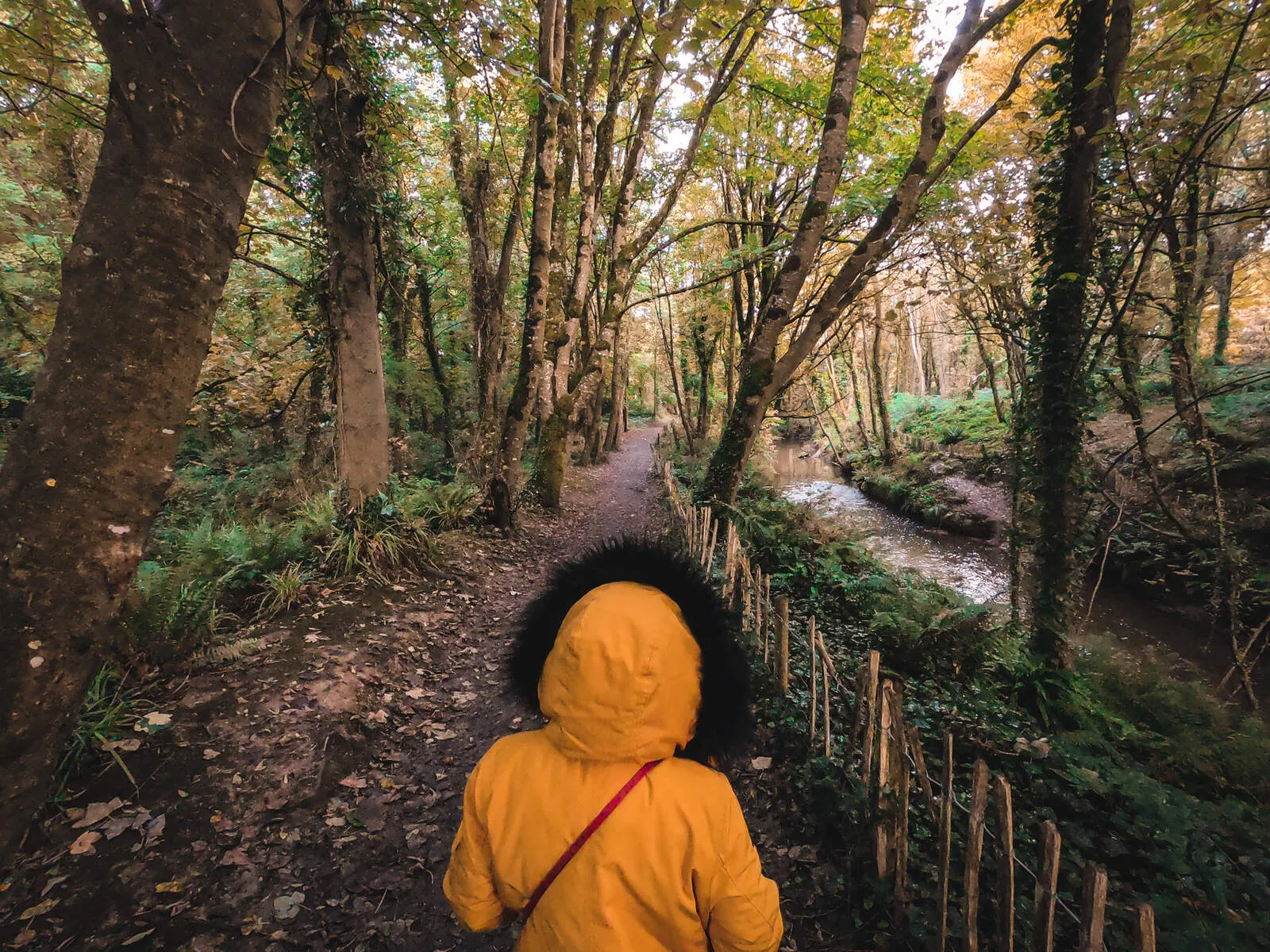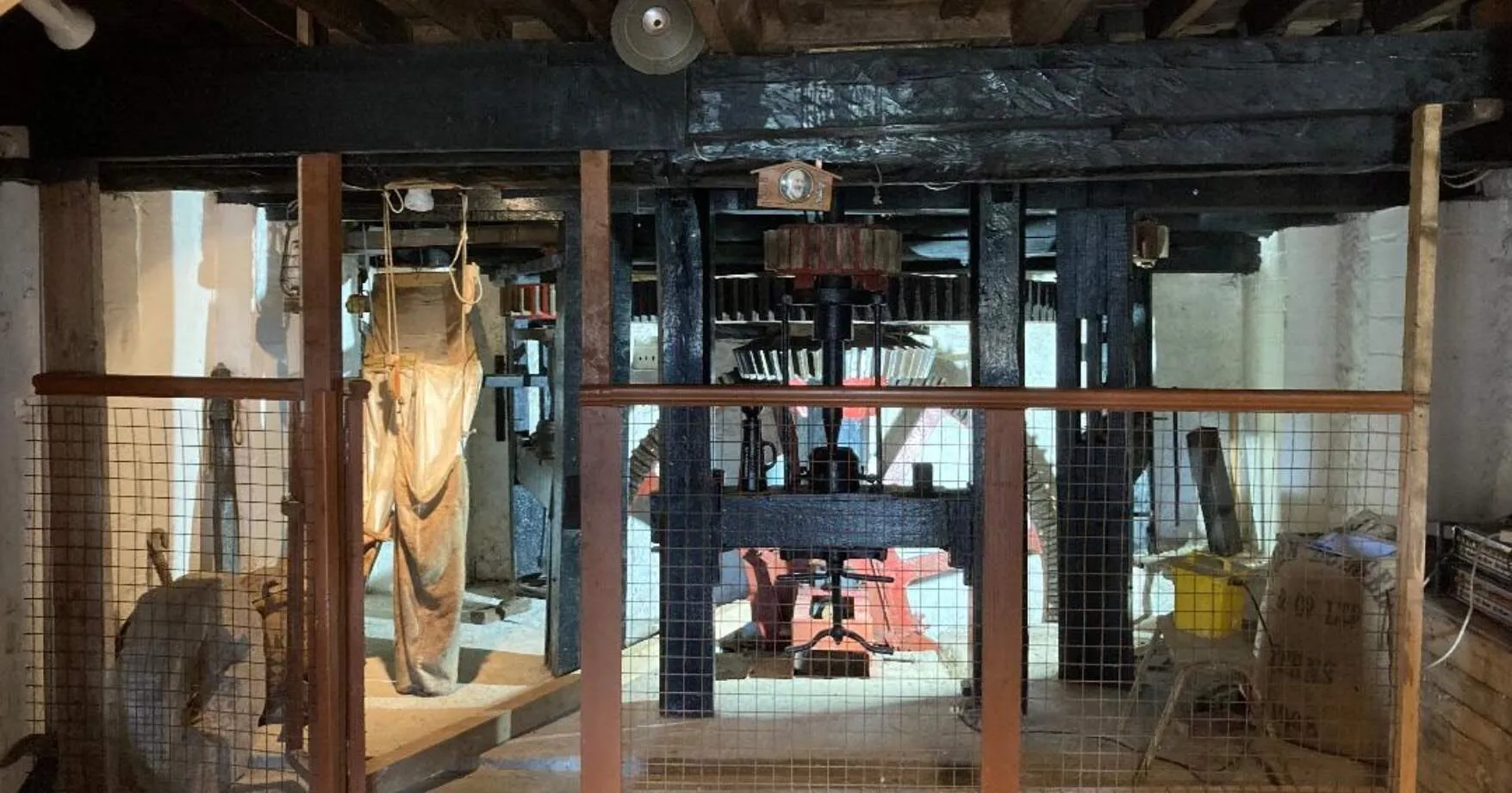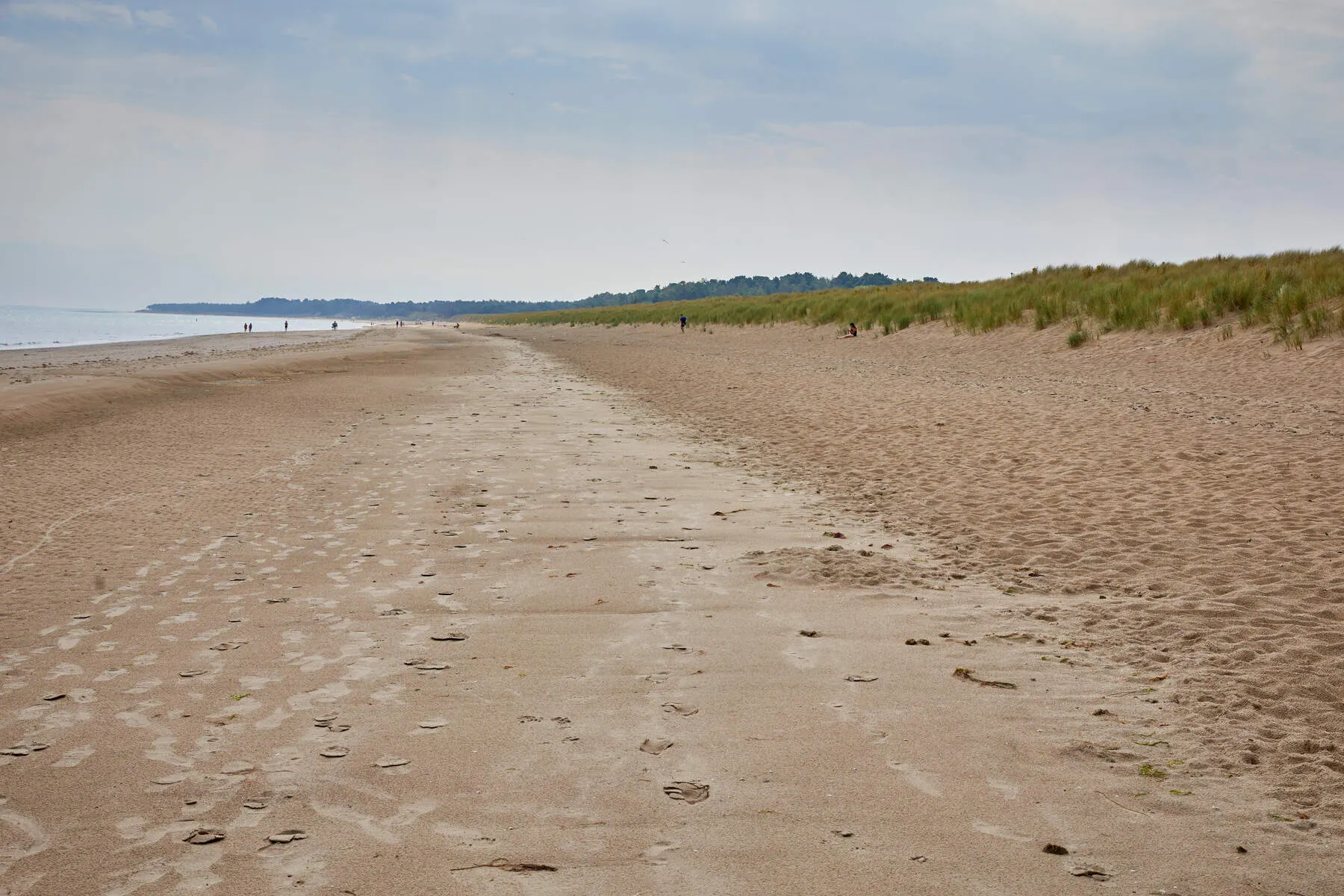Curracloe Beach, a sprawling 11-kilometer stretch of soft golden sand along County Wexford's southeastern coast, holds dual significance as both a natural wonder and a cinematic landmark. Its gently sloping shores, framed by hilly sand dunes stabilized by marram grass, earned it a starring role in history-specifically as the stand-in for Omaha Beach in Steven Spielberg's Saving Private Ryan. The 1997 filming of the D-Day sequence involved over 1,500 crew and extras, transforming the area into a temporary war zone. Locals even joined as extras, and the village's infrastructure was upgraded to accommodate the production, marking a pivotal moment in the region's cultural identity. Beyond film, the beach's pristine waters and dunes earned it a Blue Flag certification, underscoring its commitment to environmental stewardship.
The beach's natural allure is equally compelling. In spring and summer, dune landscapes bloom with wildflowers, while the adjacent Raven Nature Reserve-a 600-acre protected area-hosts rare wildlife like red squirrels, pine martens, and 35% of the global population of Greenland White-Fronted Geese during winter. A 7-kilometer forest trail through the reserve offers serene walks beneath pine canopies, punctuated by quiet ponds teeming with frog spawn. The reserve's status as a Special Area of Conservation ensures these ecosystems remain undisturbed, though guided tours during summer highlight its biodiversity.
Visitors can expect a blend of relaxation and adventure. Summer months bring lifeguarded swimming at White Gap, surfing lessons from the Surf Shack, and bustling family activities at The Winning Post, a longstanding beach hub with amusement rides and a film-themed visitor center. Autumn and winter, however, reveal a quieter, windswept landscape ideal for solitary walks or jogging. The beach's trio of entrances-Ballinesker, White Gap, and Colloton's Gap-offer varied access points, while boardwalks (though occasionally buried in sand) provide pathways to the shoreline. Facilities at White Gap include accessible toilets and a wheelchair service, though users should note seasonal opening hours and the need for a universal key for some amenities.
Unique to Curracloe is its layered identity: a place where history and nature converge. The name Currach Cló ("marsh of the impression") hints at its ancient origins, while annual events like the Saving Private Ryan re-enactment keep its cinematic legacy alive. Birdwatchers might spot grey seals offshore or porpoises gliding in the Irish Sea, while the nearby Wexford Wildfowl Reserve adds depth to the region's ecological offerings. Whether tracing Spielberg's footsteps or simply savoring the rhythm of the tides, Curracloe balances grandeur with tranquility, embodying the essence of Ireland's coastal beauty.
Getting There
Driving Directions:
- From Dublin: Take the M11 motorway south to the N11, continuing toward Wexford. Follow signs for Wexford Town (approximately 2 hours), then drive north on the R741/R739 for 15-20 minutes to reach the beach.
- From Cork: Head northeast on the M8 to the N25, then transfer to the N11 toward Wexford. This route takes roughly 3 hours. From Wexford Town, follow the R739 north for the final 6 miles (10 km).
- From Wexford Town: Take the R741 north for 15 minutes, or the R739 via the eastern coast for a slightly longer scenic drive.
Public Transportation:
Buses from Wexford Town's bus station travel to Curracloe Village (a 20-minute ride), with a short walk or taxi ride to the beach. No direct train services operate to Curracloe, though Wexford and Waterford train stations offer connections to other regions.
Local Access:
The beach has three main entrances-Ballinesker, White Gap, and Colloton's Gap-each with dedicated car parks (details in the Parking section). From Curracloe Village, follow signage to the nearest access point. Wooden walkways connect the car parks to the beach, with Ballinesker offering the flattest path for wheelchair access.
Parking
Curracloe Beach offers multiple parking options to accommodate visitors, with over 500 free parking spaces spread across three main locations. The largest car park is situated at White Gap, the primary access point, located near the Surf Shack and the Raven Nature Reserve entrance. Two smaller car parks are available at Ballinesker (featuring toilets and wheelchair access via a wooden boardwalk) and Culletons Gap (with two designated car parks). Each site provides easy access to the beach via wooden boardwalks, ensuring a smooth transition from parking area to shoreline.
Parking Fees & Payment:
Parking at all locations is free of charge, with no payment methods required.
Accessibility:
Disabled parking is available at White Gap (4 spaces) and Ballinesker (2 spaces). Ballinesker's car park is fully wheelchair-accessible, with a dedicated path leading to the beach.
Distance to Beach:
All car parks are within a short walk (2-5 minutes) of the beach, connected by well-maintained boardwalks.
Peak Time Tips:
During summer months or holidays, parking at White Gap can fill quickly. Arrive early to secure a spot. If full, consider the Raven Nature Reserve's car park (signposted from Enniscorthy), though it may also reach capacity during busy periods.
For a leisurely alternative, the beach's snack bar near the main car park offers a convenient spot to park and enjoy refreshments while planning your day.
Nearby Attractions

Courtown Beach
Courtown Beach, stretched along County Wexford's east coast, is a popular spot known for its two distinct sides. To the north, you'll find a lively beach perfect for swimming, while the southern end o...
Distance: 30.7 km

Courtown Woods
Just a stone's throw from Courtown village and its busy beach, Courtown Woods provides a peaceful green escape filled with history and nature. The woods have roots reaching back before the Famine, whe...
Distance: 30.7 km

Craanford Mills
Near Gorey in County Wexford, Craanford Mills is a wonderful working piece of Ireland's industrial past. This 17th-century watermill, which first started grinding corn around 1610, is one of the very ...
Distance: 33.3 km
